

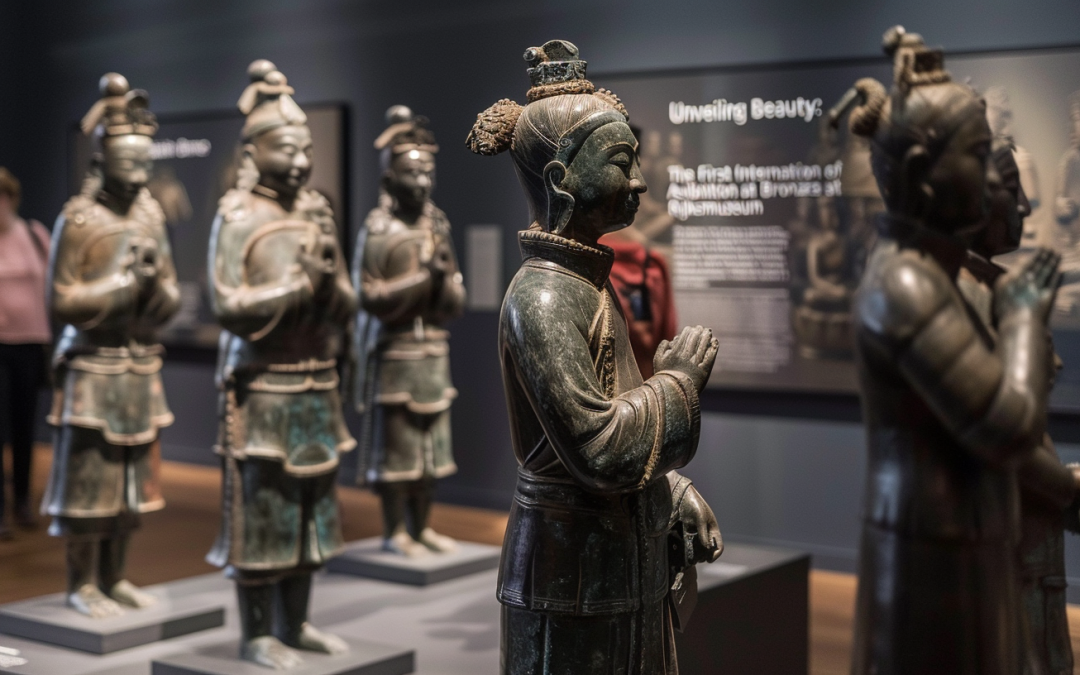
“Unveiling Beauty: The First International Exhibition of Asian Bronze at Rijksmuseum”

The Rijksmuseum’s upcoming autumn exhibition, entitled “Asian Bronze: 4,000 Years of Beauty,” promises to be a groundbreaking and unprecedented exploration of a captivating art form. For the first time on such a grand scale, the exhibition will bring together the diverse and magnificent world of Asian bronze sculptures and artifacts.
Spanning a remarkable four millennia, the exhibition will take visitors on a journey through the rich cultural heritage of Asia, showcasing the beauty and significance of bronze craftsmanship. From ancient China to modern-day Korea and beyond, the exhibition will feature masterpieces from various Asian civilizations, illuminating the evolution and artistic brilliance of bronze objects.

Asian bronze holds a unique place in the history of art, representing both continuity and innovation. It has played a pivotal role in shaping the cultural and religious practices of countless Asian societies, reflecting their beliefs, values, and historical narratives. From ritual objects to decorative pieces, bronze has served as a medium of expression and a symbol of power and prestige.
Embarking on this visual odyssey, visitors will encounter remarkable artifacts such as ceremonial vessels, wearable ornaments, and intricately cast statues. These objects not only exemplify exceptional craftsmanship but also offer insights into the diverse contexts in which they were created and used. They reveal the multiple layers of meaning embedded in Asian bronze, revealing its religious, social, and political dimensions.

The exhibition will also shed light on the transcultural exchange that has shaped Asian bronze art. Over the centuries, trade routes connected Asia with the rest of the world, facilitating the spread of ideas, techniques, and artistic influences. As visitors delve into this exhibit, they will witness the fascinating fusion of styles and iconography resulting from cross-cultural interactions.
Moreover, examining Asian bronze within the framework of 4,000 years of history brings into focus the lasting cultural legacies that continue to shape the present. The exhibition will highlight the enduring resonance of ancient traditions in contemporary Asian art, reminding us of the importance of preserving and promoting these remarkable cultural treasures.
As the first-ever major international exhibition of its kind, “Asian Bronze: 4,000 Years of Beauty” is a testament to the Rijksmuseum’s commitment to showcasing diverse artistic traditions and fostering cultural dialogue. Through this extraordinary collection of bronze sculptures, visitors will gain a deeper appreciation for the extraordinary beauty, significance, and global impact of Asian bronze art.
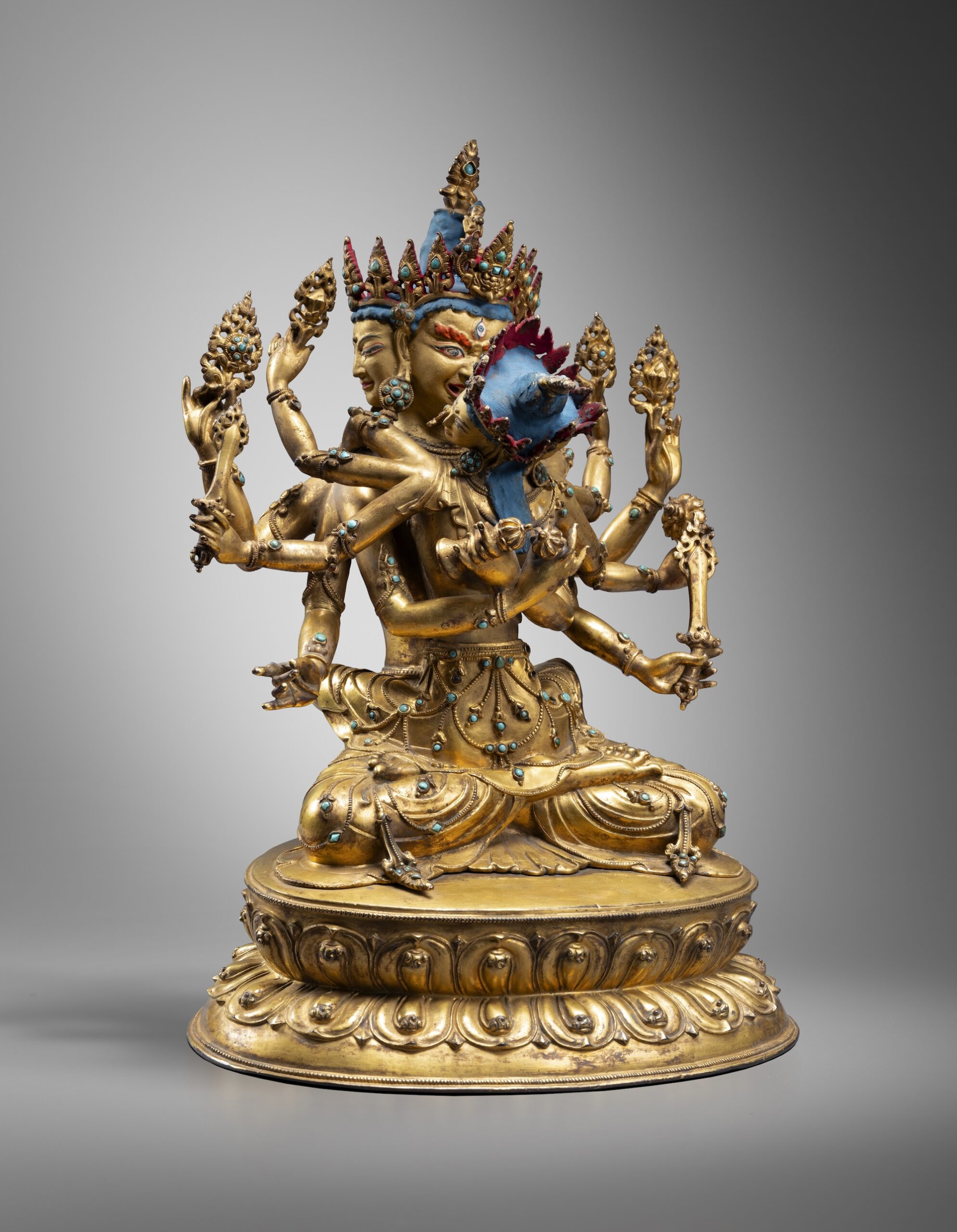

Valeria Montti Colque: El Rey gick ovan el Rainbow blev en vacker Rosa, festmåltid på Ekekas Mantel – Announcements – e-flux

In Örebro, a city in Sweden, a thought-provoking dialogue unfolds between the artist Valeria Montti Colque and the imposing statue of Karl XIV Johan. This prominent statue, a defining landmark in the city, stands as a powerful symbol of hierarchy and authority that has endured through history.
Karl XIV Johan, whose real name was Jean-Baptiste Bernadotte, was an influential figure who played a significant role in shaping Sweden’s history. Born in France, he rose to power and became part of the ruling family through an unexpected turn of events – he was elected to become the crown prince of Sweden in 1810. As the first non-Swedish monarch in centuries, he brought with him a new era, thus marking a shift towards a more cosmopolitan and progressive society.
However, Karl XIV Johan’s legacy is paralleled with notions of power, hierarchy, and control. His statue, situated in a prominent location, serves as a reminder of the perspectives and values that formed a substantial part of society during his reign. The figure of Karl XIV Johan embodies the historic struggles and aspirations of a nation, yet it also represents a system in which power and authority are concentrated in the hands of the few.
In recent years, public sculptures and statues that evoke historical figures have attracted critical attention and debate around the world. As society grapples with questions of colonialism, racism, and social justice, there is a growing demand for a reevaluation of the symbols that surround us. Urge for a more inclusive representation and a reexamination of existing power dynamics have contributed to profound discussions and even acts of protest aimed at the statues that once stood unchallenged.
Valeria Montti Colque’s artistic intervention provides a unique opportunity for this dialogue to unfold in Örebro. Through her artwork and creative approach, she opens up an exploration of the complexities surrounding historical figures and their representations. By engaging with the statue of Karl XIV Johan, Colque invites viewers to question the dominant narratives and power structures that such statues embody. Her artistic dialogue provokes a critical examination of the past, present, and future as we grapple with how we choose to memorialize and interpret history.
This article delves into the significance of Valeria Montti Colque’s intervention and its broader implications for our understanding of historical figures, societal structures, and the power of art to initiate collective reflection. By embarking on this journey with both the artist and the statue, we join an ongoing global conversation challenging the stories that monuments tell and the narratives they perpetuate, all while striving for a more nuanced and inclusive understanding of our shared history.
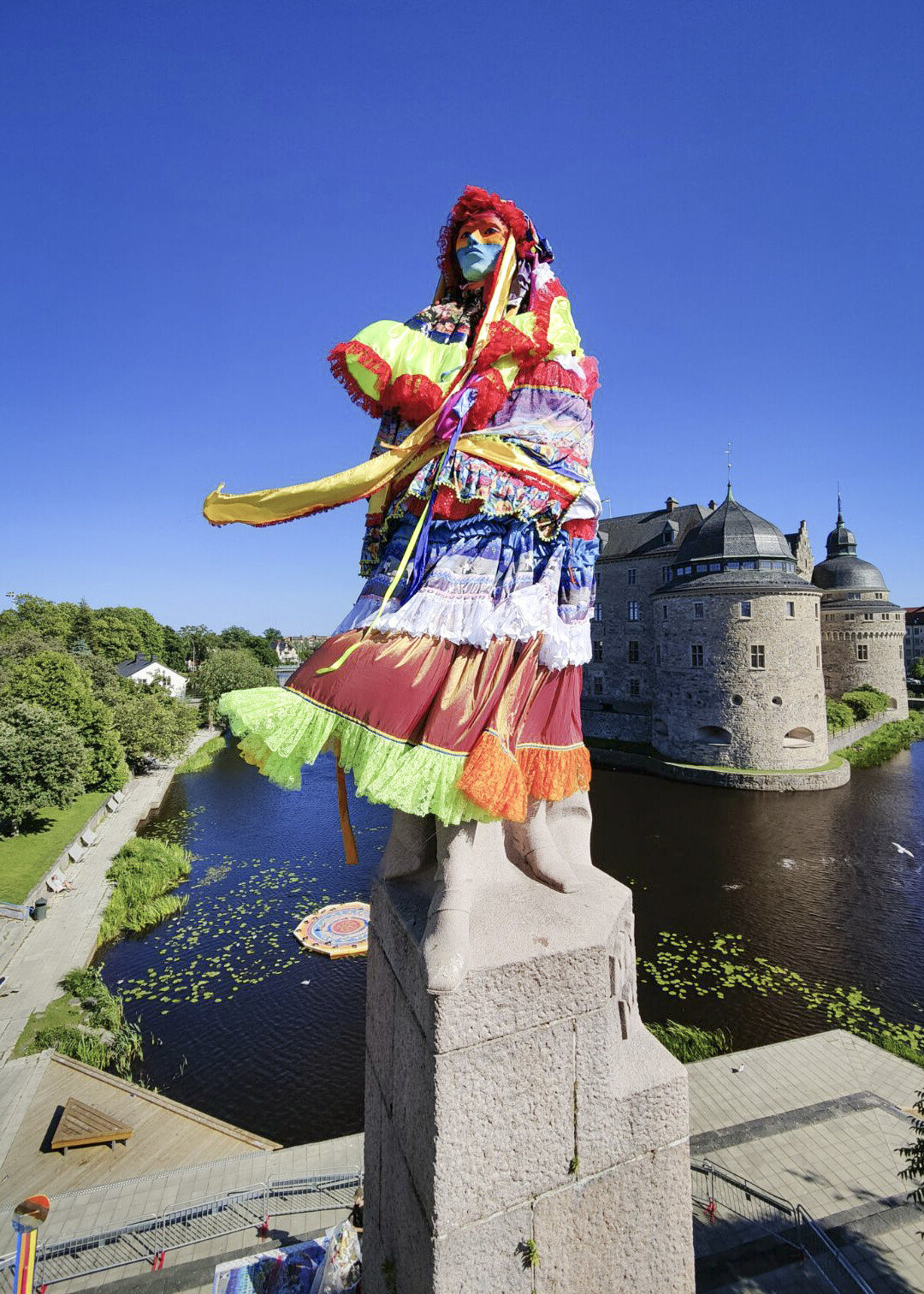
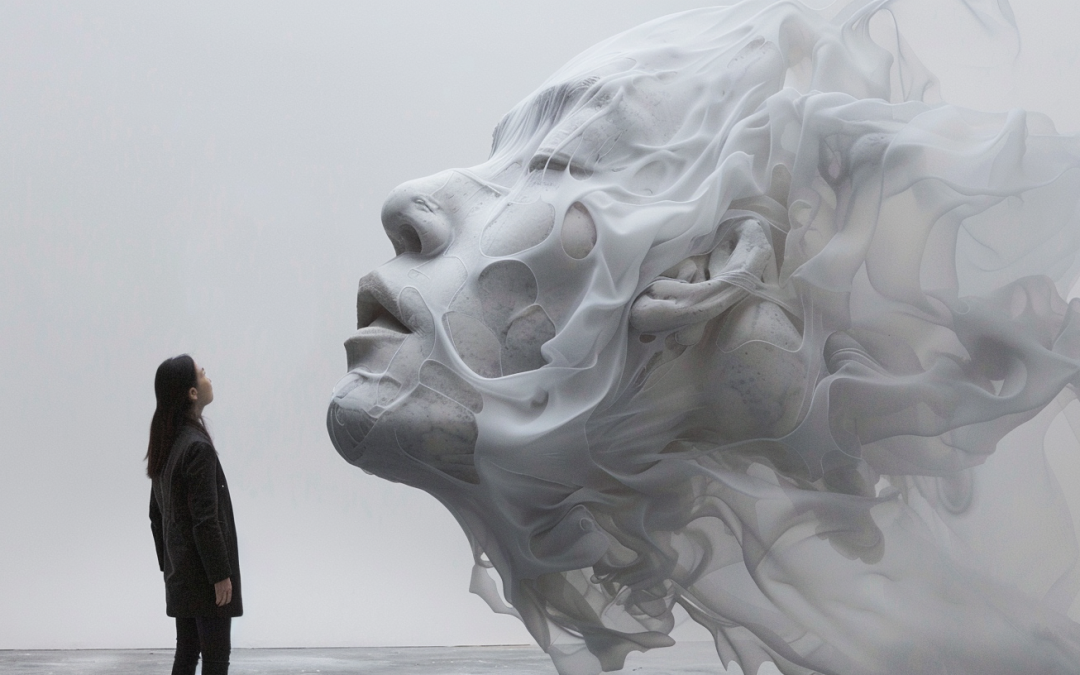
Call for submissions: 7th Lih Pao Sculpture Biennale Awards – Announcements – e-flux

Lih Pao Sculpture Biennial: Celebrating the Timeless Artform
The Lih Pao Sculpture Biennial Awards, now in its 7th edition, continues to be a revered platform for sculptors from around the world to showcase their talent and creativity. This prestigious event, open for submissions until September 30, not only highlights the immense skill and innovation within the field of sculpture but also pays homage to a historic artform that has stood the test of time.
Sculpture, with its roots dating back to ancient civilizations, has always been a powerful medium for human expression. Just like the breathtaking sculptures of ancient Greece or the intricate stone carvings of India's temples, contemporary sculptors harness this medium to convey their thoughts, emotions, and narratives, transcending language barriers and societal boundaries.
Throughout history, sculpture has served as a reflection of society, its values, and its evolution. From the statues that honored gods and heroes in ancient times to the captivating public art installations that grace modern cityscapes, sculpture remains an integral part of our cultural heritage.
Today, sculptors continue to push the boundaries of their craft. With the advent of new materials and cutting-edge techniques, sculpture has evolved and taken on myriad forms. From large-scale outdoor sculptures that interact with their environment to intricate figurines that invite intimate exploration, contemporary sculpture embraces experimentation and challenges traditional notions of what art can be.
The Lih Pao Sculpture Biennial Awards recognizes the importance of supporting and showcasing the work of sculptors who are at the forefront of this artistic evolution. By inviting submissions from talented individuals across the globe, the Biennial not only celebrates the rich diversity of sculptural styles and concepts but also fosters a global dialogue on the power and relevance of sculpture in the 21st century.
Join the Legacy of Sculpture
Whether you are a seasoned sculptor or an emerging talent, the 7th Lih Pao Sculpture Biennial Awards provides an exceptional opportunity to have your work recognized on an international stage. This esteemed event not only offers generous cash prizes but also invaluable exposure to art enthusiasts, collectors, and curators from around the world.
Be a part of the legacy of sculpture by participating in the Lih Pao Sculpture Biennial Awards. Submit your masterpiece before September 30 and take your place among the visionary artists shaping the future of this timeless artform.
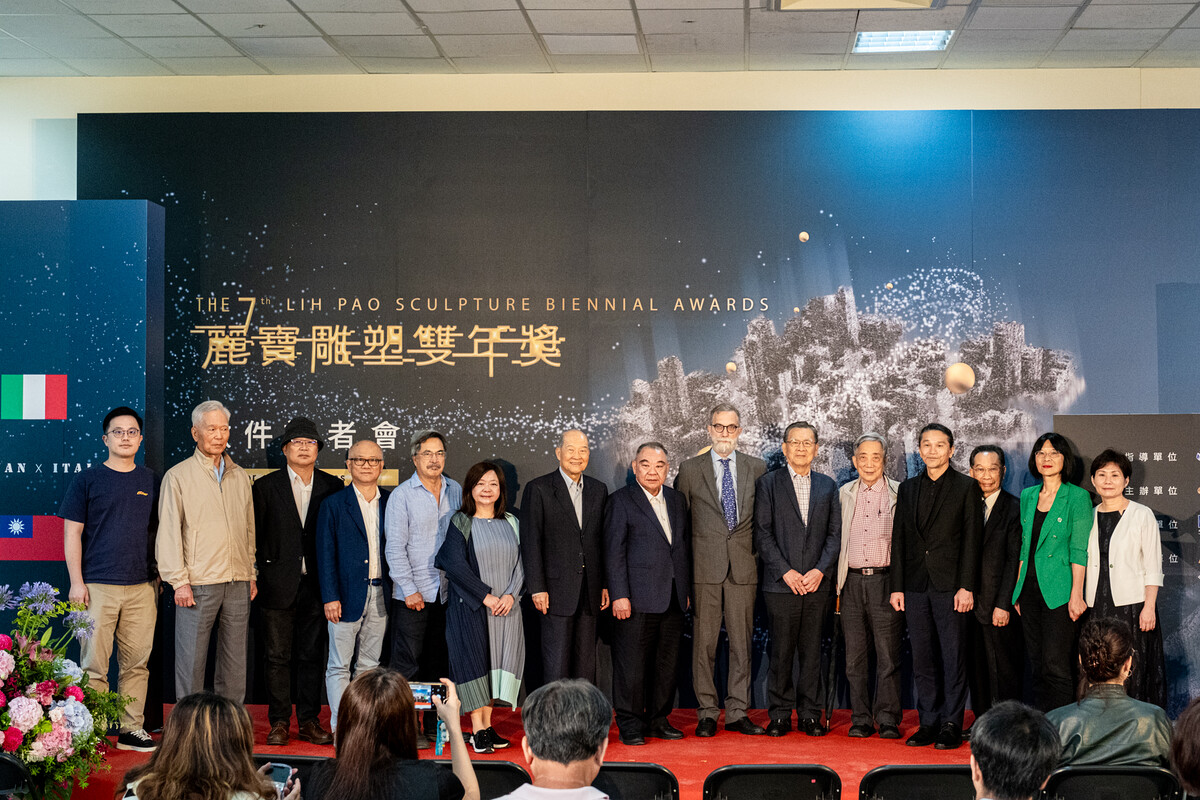

Italy Welcomes Million Worth of Antiquities Repatriated from the United States

Analyzing the Key Points
- Italy officially welcomed 600 antiquities from the United States.
- The trove includes ancient gold coins, mosaics, manuscripts, and bronze statues.
- The items were recovered during an extensive criminal investigation.
- The US government is committed to returning looted artifacts.
- Victorious Youth, a classical Greek bronze statue, was missing from the repatriated artifacts.
- The statue is part of an ongoing investigation.
- The oldest repatriated artifacts date from the 9th century BCE to the second century.
- The repatriated works include oil paintings from the 16th and 19th centuries.
- One of the most valuable pieces is a 4th-century Naxos silver coin featuring Dionysius.
- Looting is a localized problem that requires increased risk and conviction for traffickers.
Potential Future Trends in the Antiquities Industry
The repatriation of 600 antiquities from the United States to Italy highlights the growing commitment towards safeguarding cultural heritage and preventing the illegal trafficking of cultural artifacts. This significant event also raises questions about future trends in the antiquities industry and the steps that should be taken to address ongoing challenges.
1. Increased Repatriation Efforts
The repatriation of looted antiquities is becoming a key priority for governments and law enforcement agencies worldwide. The return of these 600 artifacts signifies a collaborative effort between the United States and Italy to restore cultural heritage to its rightful place. This trend is expected to continue as countries recognize the importance of preserving their cultural identity and heritage.
2. Stricter Regulations and Legislation
As the demand for antiquities increases, there is a need for stricter regulations and legislation to combat looting and the illicit trade of cultural artifacts. Governments and international organizations may implement stricter export controls, import regulations, and licensing systems to ensure transparency in the art market. This would help to deter illegal activities and promote responsible collecting practices.
3. Technological Advancements in Authentication and Tracking
Technological advancements, such as blockchain and digital imaging, offer promising solutions for authenticating and tracking cultural artifacts. Blockchain technology can provide an immutable record of an artifact’s ownership history, making it difficult for looted items to circulate in the market unnoticed. Digital imaging techniques, including 3D scanning, can aid in the identification and verification of stolen or looted artifacts, making it easier to repatriate them to their rightful owners.
4. International Cooperation and Data Sharing
International cooperation and data sharing among governments, law enforcement agencies, museums, and cultural institutions are crucial for tackling the illicit trade of antiquities. Sharing information and intelligence on looted artifacts, thefts, and smuggling networks will enable more effective investigation and enforcement. Interpol’s databases, such as the Stolen Works of Art database, play a vital role in facilitating international cooperation and information sharing.
5. Focus on Public Awareness and Education
Creating awareness and educating the public about the ethical implications of purchasing looted or illicitly traded artifacts is essential in combating the demand for such items. Museums, galleries, and cultural institutions can play a crucial role in educating visitors about the importance of preserving cultural heritage and the impact of looting. Public campaigns, exhibitions, and educational programs can help shift societal attitudes towards responsible collecting and discourage the demand for looted artifacts.
Predictions and Recommendations
Based on the analysis of the key points and the potential future trends in the antiquities industry, several predictions and recommendations can be made:
- Increased international collaboration will lead to a significant rise in repatriation efforts, with more countries actively seeking the return of their looted cultural artifacts.
- Stricter regulations and legislation will be implemented globally to deter the illegal trade in antiquities, ensuring greater transparency and accountability in the art market.
- Technological advancements, particularly blockchain and digital imaging, will become integral to the authentication, tracking, and repatriation of stolen or looted artifacts.
- International organizations, governments, and law enforcement agencies should prioritize data sharing and cooperation to dismantle smuggling networks and apprehend traffickers.
- Public awareness campaigns and educational programs will contribute to a shift in societal attitudes, reducing the demand for looted artifacts and promoting responsible collecting practices.
By implementing these predictions and recommendations, the antiquities industry can work towards preserving cultural heritage, protecting archaeological sites, and preventing the illegal trade of cultural artifacts.
References
- Italian Ministry of Culture. (2021, May 18). Italy welcomes 600 antiquities from the United States. Retrieved from http://www.beniculturali.it
- Conaghan, D. (2021, May 18). Italy welcomes home m of looted antiquities from the US. Retrieved from https://www.theguardian.com
- United Nations Office on Drugs and Crime. (n.d.). Countering the illicit trafficking of cultural property. Retrieved from https://www.unodc.org
- Sanitakopoulos, A. (2020, October 13). Technology in the fight against illicit trafficking of antiquities. Retrieved from https://news.artnet.com
- Interpol. (n.d.). Stolen Cultural Property. Retrieved from https://www.interpol.int